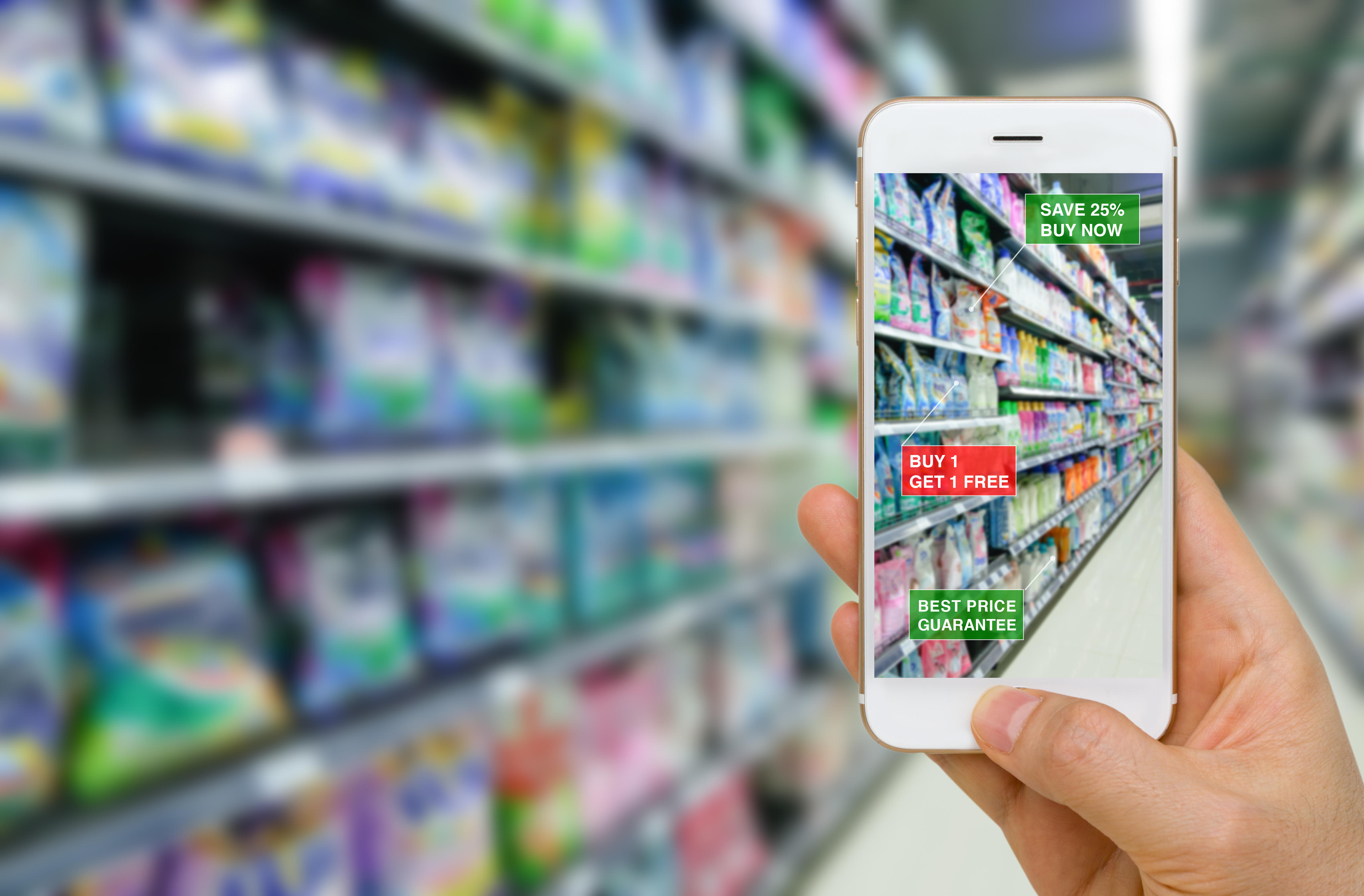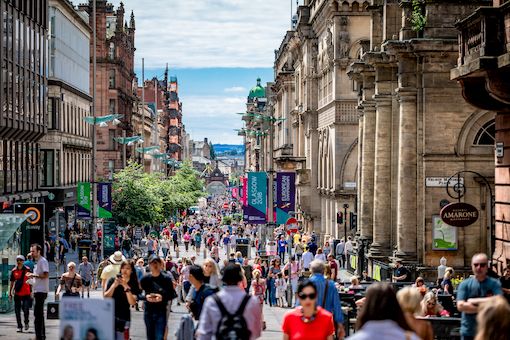The health of the UK retail industry has been in stark focus over the past couple of years. Between declining footfall and sales, job losses, and uncertainty brought about by Brexit, many are wondering how the industry will perform over the next few years. While it is tricky to predict exactly what the future has in store for retailers, recent research does give us an idea of the big trends that will define the industry in this new decade.
1. More Retailers will Embrace the Circular Economy
A circular economy is an alternative to the traditional linear economy (whereby we make, use, and then dispose of things). It is defined by keeping resources in use for as long as possible, extracting the maximum value from them, and then recovering and regenerating materials at the end of each service life.
Today’s consumers are aware of the importance of saving the environment, so are therefore big fans of sustainability. Many young consumers in the UK are more likely to buy from brands that are more transparent with their environmental impact, and they won’t think twice about abandoning brands that are harmful to the planet.
More and more customers will expect retailers to behave in a responsible and sustainable way. Therefore, the 2020s will see a massive effort by retailers to find innovative ways to reduce their environmental impact and retain their customers’ loyalty.
2. Retailers will Launch Subscription Services to Drive Customer Loyalty
A trend that is expected to take off in a big way during the next couple of years is retailers launching their own subscription services.
Approximately 15 million UK shoppers have an Amazon Prime subscription, which offers benefits such as quick delivery and streaming services. It is currently the best example of how powerful subscription services can be.
Additionally, a wealth of other subscription services is on the rise. Of course, there’s Netflix, and there’s pretty much a subscription box to suit every taste, such as beauty and recipe boxes. Traditional retailers are predicted to join this growing trend in an attempt to broaden their service offering and drive more customer loyalty. Tesco have already embraced the trend by launching Clubcard Plus, which offers members a range of benefits.
The fascinating aspect is how this trend suggests a massive change in mindset. Retailers are no longer just competing to sell products, but instead are striving to create ecosystems and strong relationships with their loyal customers. Creating a sense of community will help brands to set themselves apart which will ultimately boost sales.

(Photo by freestocks.org on Unsplash)
3. 5G and Mixed Reality Retail
Consumers who shop in-store cannot compare, search, sort or filter across multiple products the same way they do online, which limits their overall experience.
However, the introduction of 5G, followed by Augmented Reality (AR) will be fundamental in bringing that dream shopping experience to life.
The purpose of AR is to add digital components to a view of the real, live world. 5G’s high speeds, low latency and gigantic bandwith results in quick AR object recognition at once, enabling consumers to compare products in real-time and view product reviews based on star ratings across manifold items in a single screenshot.
Retailers will soon have the ability to connect with shoppers in a virtual world, providing a seamless and inspirational environment in which they can discover, explore and directly purchase goods. This will undoubtedly help retailers drive footfall to their brick-and-mortar stores and be a considerable factor in attempting to revive the dwindling high street.

4. Putting the Customer at the Centre with Creative Omnichannel Retail
Omnichannel retail has been talked about for years, and it will be one of the defining trends of this new decade. It’s incredibly immersive and puts the customer, rather than the product, at the core. It removes the boundaries between different sales and marketing channels to create a unified, integrated whole. The distinctions between channels – onsite, social, mobile, email, physical and instant messaging – disappear as a single view of the customer, as well as a single experience of commerce emerges.
It merges the worlds of websites, emails, retargeted ads, social media marketing, and physical locations to show personalised offers, products, and messages.
Over the next decade, the brands who can best interpret and understand all customers will be the winners. Developing the flexibility to adapt and integrate new channels will determine whether retailers will succeed.
5. Healthy Living
Consumers are becoming increasingly aware of the damage that mass-scale farming is doing to our planet and are taking action by deciding to lead a healthier lifestyle. This will be the catalyst of many new food trends over the next few years, as people choose to eat less meat and choose a plant-based diet.
Veganuary, where people adopt a vegan diet for a month, is bigger than ever, and many big-name brands have launched meat-free alternatives to some of their best-loved products.
The trend shows no signs of slowing down, and experts also believe that the low and no-alcohol trend will be huge this year.
In the next few years, we can expect the big retailers to increase their vegan range as more flavours are experimented with and more diverse plant proteins are explored.

(Photo by Heloisa Nass on Unsplash)
6. RFID Tags will merge Physical with Digital
The use of RFID tags in retail has significantly increased over the last few years and is set to explode during this new decade.
RFID (radio-frequency identification) is technology whereby digital data is encoded in RFID tags or smart labels, and this data is captured by a reader via radio waves.
Although RFID has been around for the last twenty years, it wasn’t initially adopted by retailers due to concerns over cost, a lack of global adoption standards, and risk aversion at a senior level.
Fast forward to this new decade, and the identification methods and technical characteristics of RFID make it an excellent fit for the demands of the retail industry, as the accuracy of data and inventory planning are increasingly important in omnichannel retailing and the improvement of the customer experience.
The use of RFID tags means that after customers take a product from the shelf, they can get details of the item and enjoy automated checkout. This is crucial in addressing the needs of younger generations who value knowing a product’s provenance and where it has come from. Additionally, RFID and big data analysis tools can optimise distribution and sales procedures. The most important feature is that each product is uniquely tagged, meaning that the physical reality of the store is merged with digital functionality and capability of the online and doing it all in-store.

An Exciting Future for the Retail Industry
The following decade will bring about huge changes for the industry, with the main themes being the blending of the physical space with virtual functionality, a more tangible sense of community, and a real focus on environmental responsibility.
If retailers can adapt to these tumultuous times and embrace the ever-increasing demands and expectations of the consumer, they will emerge victorious.
RMS are a leading merchandising and retail support company. We help retailers improve the in-store customer experience and increase sales.
